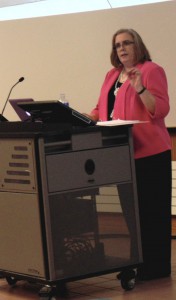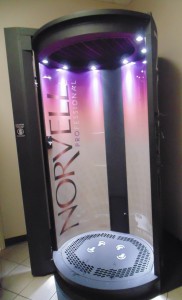By Kayle Paul and Kayla Langmaid
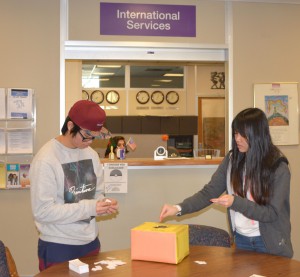
When international students choose to study at Winona State University, the International Services-Cultural Outreach office on campus provides services to help foreign students transition to Winona.
According to Kemale Pinar, WSU’s Director of International Services-Cultural Outreach, there are more than 280 degree-seeking students from other countries at WSU this year.
Pinar said she believes there are a group of international students who stick together but not all international students only hangout with international students.
“When I see international students stick to one another, they are forming their own family,” Pinar said.
“When you are in a total new place, you are trying to cling on to the only thing that is familiar to you,” she said.
Pinar said she doesn’t see this as a problem but as a cultural phenomena.
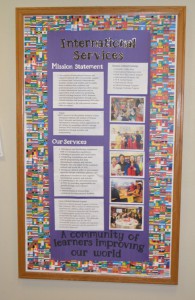
“Rather than saying there is something wrong, I look at it and say this is correct, this is normal,” Pinar said. “When I see students stick to one another, they are forming their own family,” she said.
Pinar said her office does offer cultural and language exchange matching where an American student is matched with an international student.
An American student chooses a culture they are interested in learning more about.
“The students have lunch or go to the movies to encourage that relationship, but we recognize the international student will choose a comfort friend from their own culture,” Pinar said.
Pinar asked, “Do international students have to have an American friend while they’re here? I think more importantly they have to have the acquired skills to interact with them and to become successful and make the contribution that is expected of them,” she said.
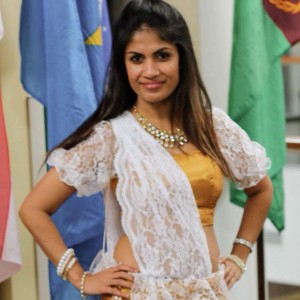
Rasoga Samarasinghe is a graduate student in the leadership program at WSU. She is from Sri Lanka and has been a student at WSU since her freshman year of college.
“Being an international student is a great experience that really builds your character,” Samarasinghe said. She wishes there were more opportunities for international students to communicate and create a network of friends with American students.
Samarasinghe said she learned from personal experience. International students meet people from outside their comfortable clique by putting them themselves out there, Samarasinghe said.
“I was very depressed my first year here,” Samarasinghe said. “I was homesick and nothing was familiar to me. Eventually I pushed myself out of my comfort zone and started joining clubs. Because of that, I got over being depressed and met great people,” she said.
Samarasinghe said she wished more students got out of their comfort zones and stopped clinging to what’s easy and natural to them.

Hyunji Lee, an exchange student studying Mass Communication from South Korea at WSU, said she attended an International Student Orientation Week before spring semester. The services also provided car shuttles to buy necessities.
“It could be better if the international office provided some opportunities to hang around Americans.”
Lee said most of the people in Winona really welcomed her.
Lee said the bigger problem is the exchange program could be better organized.
“All I do in here is just take class. That’s not bad, but it is better if the exchange program provide some other activities also,” Lee said.

Niklas Meyer, a senior international student studying political science and recreation tourism and therapeutic recreation at WSU, said he learned English at a young age.
“Unlike many international students who come to Winona, I had been in America for one year,”
Especially in a smaller community like Winona, Americans shouldn’t be afraid to get in contact with international students, Meyer said.
“Once you break the language barrier, it isn’t hard to get to know them,” Meyer said.
Meyer said international students might need some extra help. He said to acknowledge international students and he encouraged talking to international students after class.
Pinar said speaking out of firsthand experience, there are two things people need to have to make the possible adjustment to another country. “One is yourself and how confident you are and the other is your culture,” Pinar said.
“Jumping into a conversation is probably a much bigger problem,” Pinar said. Language is one of the most difficult things to overcome.”
Kemale Pinar talks about what it is like for international students to come to America, and Niklas Meyer talks about what most international students struggle with once they get to school.
